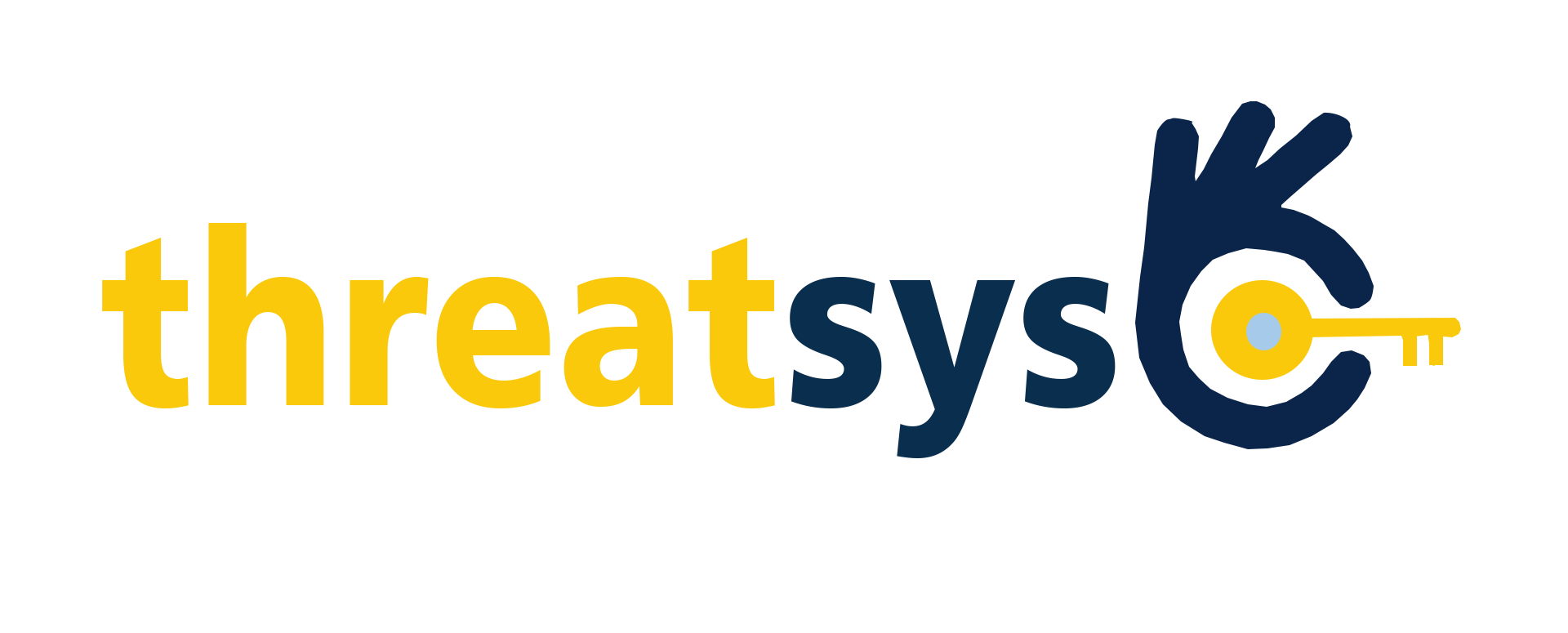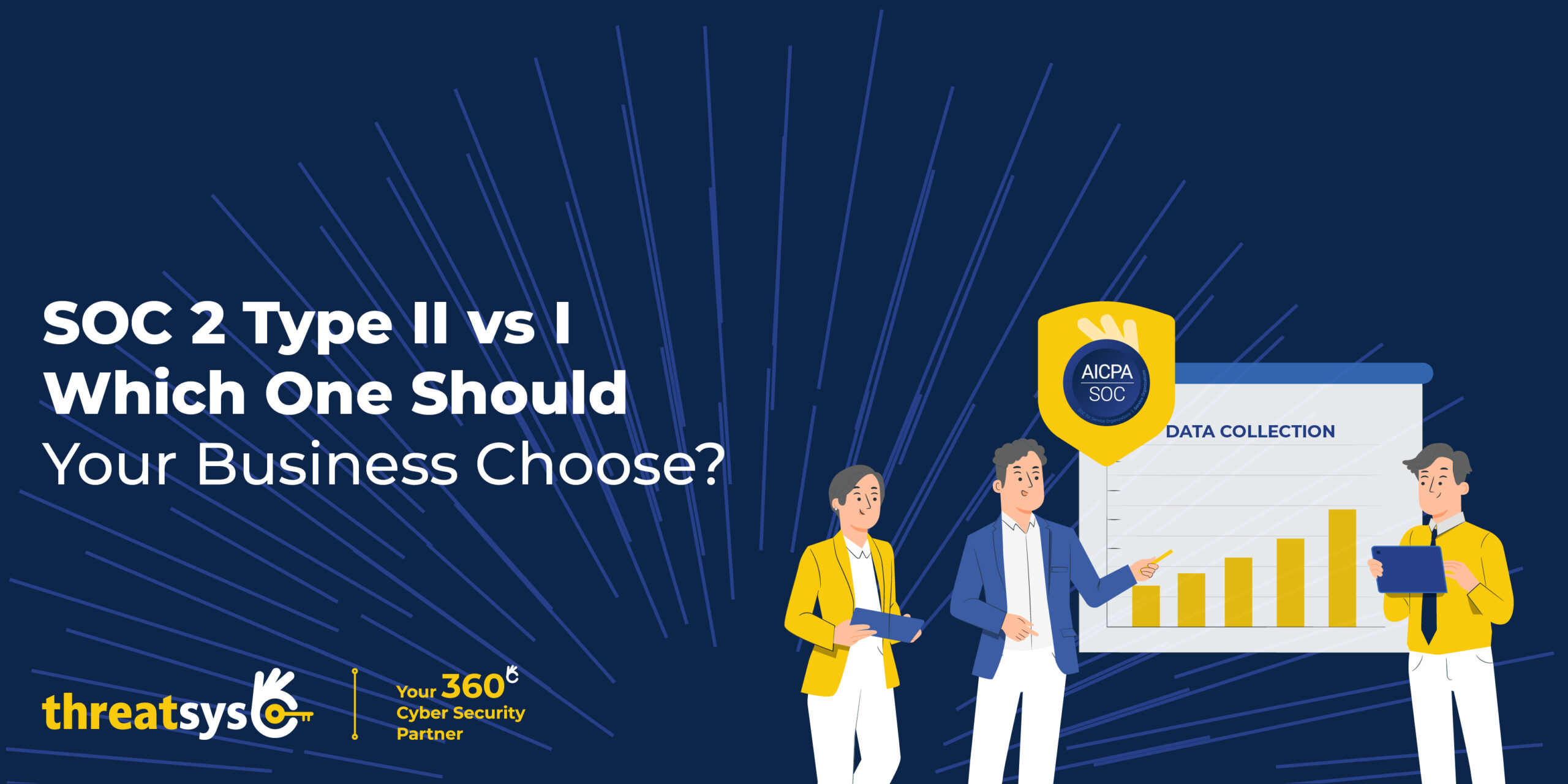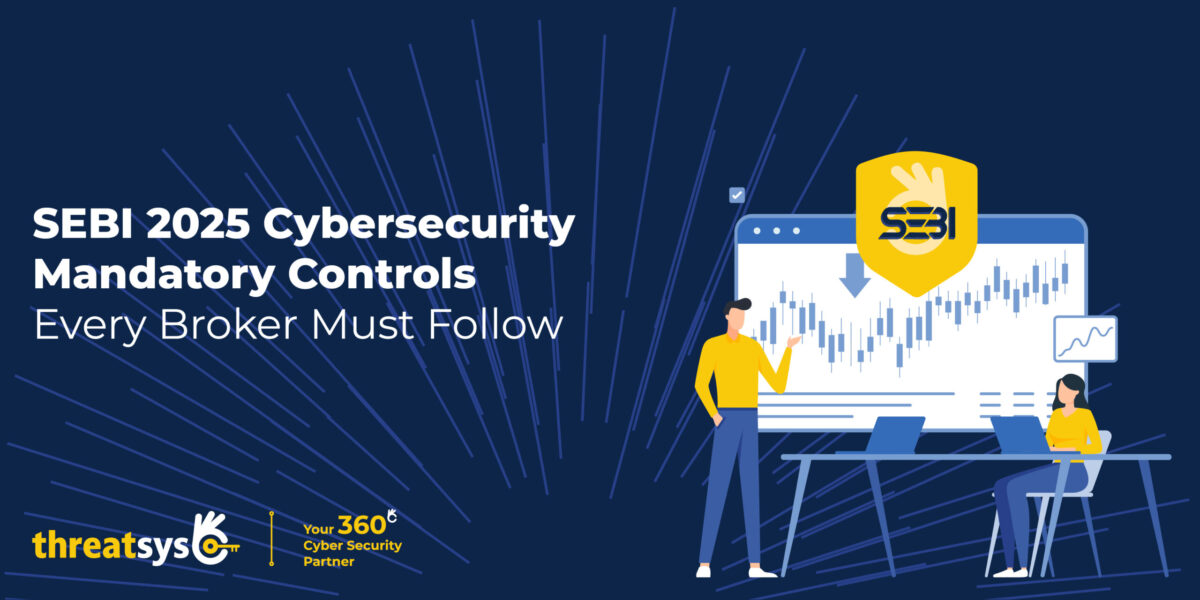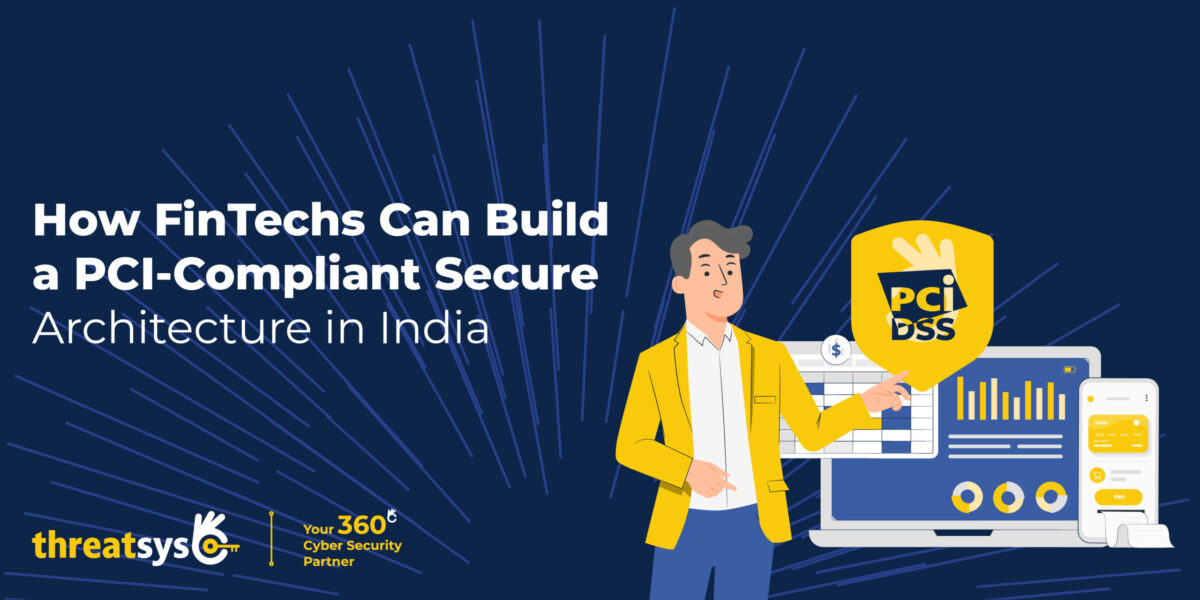As businesses grow in a security-conscious world, SOC 2 compliance has become one of the most reliable ways to demonstrate trust, consistency, and responsible data handling. But when companies begin their SOC 2 journey, one confusion almost always appears: should they choose SOC 2 Type II or SOC 2 Type I?
Both are built on the same framework and the same Trust Service Criteria. The difference lies in how your controls are reviewed, when they are evaluated, and what kind of assurance your business wants to give customers.
This blog breaks down SOC 2 Type I vs Type II in simple terms so you can decide which compliance path aligns better with your goals.
SOC 2 Type II vs SOC 2 Type I: Understanding the Real Difference
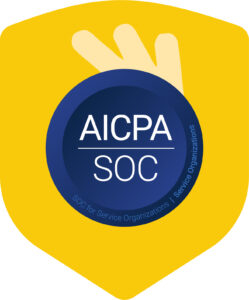
Businesses pursuing SOC 2 compliance often struggle to choose between Type I and Type II. Both follow the same security standards, but they measure your organisation in different ways, mainly based on how deeply and for how long your controls are evaluated.
SOC 2 Type I reviews your security controls at a single point in time. It checks whether your policies, processes, and technical measures are designed correctly and implemented on the audit date. This makes Type I suitable for organisations building their initial security foundation, entering new markets, or needing quicker compliance for customer onboarding.
SOC 2 Type II looks at those same controls but evaluates them over an extended period,typically three to twelve months. Instead of verifying only the design, it confirms that your controls operate consistently in real-world daily activities. Companies with stable processes or clients who expect ongoing proof of security often choose this route.
To understand the difference clearly, here’s how Type I and Type II compare inside your security environment:
- Evaluation timeframe
Type I checks controls on a specific day, while Type II assesses how they perform over several months. - Assurance level
Type I validates proper design; Type II validates consistent, ongoing operation. - Organisational readiness
Type I works for companies early in their compliance journey. Type II fits businesses with well-established internal practices. - Evidence requirement
Type I requires proof of setup. Type II requires continuous logs, monitoring data, and operational evidence. - Customer & partner expectations
Type I shows a solid security framework exists. Type II shows that your framework works reliably over time, which is often required by larger clients.
Choosing between Type I and Type II isn’t about which one is superior. It’s about selecting the option that matches your current maturity, customer requirements, and growth plans. Many organisations begin with Type I and move to Type II once their processes become more consistent.
Both types ultimately build trust , one proves your security is well-designed, the other proves it works in practice. Understanding these differences helps you choose the compliance path that supports your business without overcomplicating the process.
How Threatsys Helps You Choose & Comply
![]()
At Threatsys, we recognise that every organisation is on a different stage of its security maturity journey. That’s why we start by assessing your infrastructure, workflows, client expectations, business model, and long-term goals before recommending the right SOC 2 approach.
We don’t believe in a generic compliance checklist , we design practical, scalable, and audit-ready frameworks tailored to your operations.
For SOC 2 Type I Compliance
We help you establish a solid and audit-ready security foundation that reflects how your organisation is structured today. Our team works closely with you to design controls that make sense for your business,not just what looks good on paper.
This includes:
- Control design and documentation tailored to your operational realities
- Policy development aligned with SOC 2 trust principles and industry best practices
- Readiness assessments to identify gaps before the auditor does
- Risk evaluation along with clear, prioritised gap reporting
- A practical compliance roadmap that fits your timelines and resources
- Evidence preparation and guidance so you meet all Type I audit requirements without last-minute chaos
Type I allows your business to demonstrate credibility early, build trust with customers, and smoothly transition into Type II once your processes mature.
For SOC 2 Type II Compliance
We provide full-cycle support throughout the entire audit period, ensuring your controls remain effective and verifiable over time. Instead of overwhelming your internal teams, we help you operationalise compliance in a systematic and manageable way.
Our support includes:
- Continuous monitoring setup to track how your controls perform in real time
- Ongoing operational evidence collection across logs, alerts, tickets, and processes
- Internal audits and readiness reviews to ensure every month in the audit window counts
- Strengthening of logging, alerting, incident response, and security workflows
- Remediation tracking with clear recommendations to raise control maturity
- Seamless coordination with external auditors so your team doesn’t get buried in back-and-forth communication
Our objective is simple:
to make SOC 2 Type I and Type II achievable, predictable, and efficient,without disrupting daily operations or stretching your teams.
Conclusion: Choose Compliance That Strengthens Your Business
SOC 2 Type I and Type II serve different purposes,Type I validates your security setup at a moment in time, while Type II proves that your controls work consistently in real operations. The right choice depends on your organisation’s maturity and customer expectations. Threatsys helps you identify the right SOC 2 path, streamline documentation, monitor controls, and guide you through every audit stage so you achieve compliance faster and with confidence.

Stay secure, stay aware with Threatsys.
